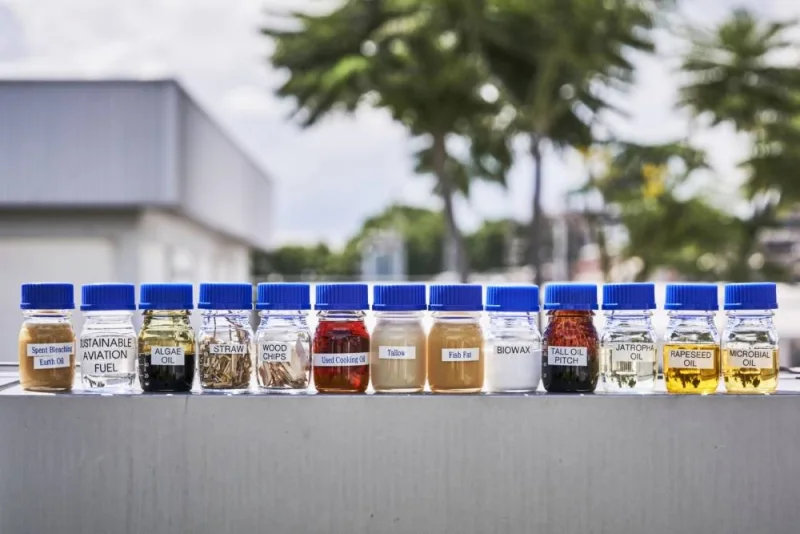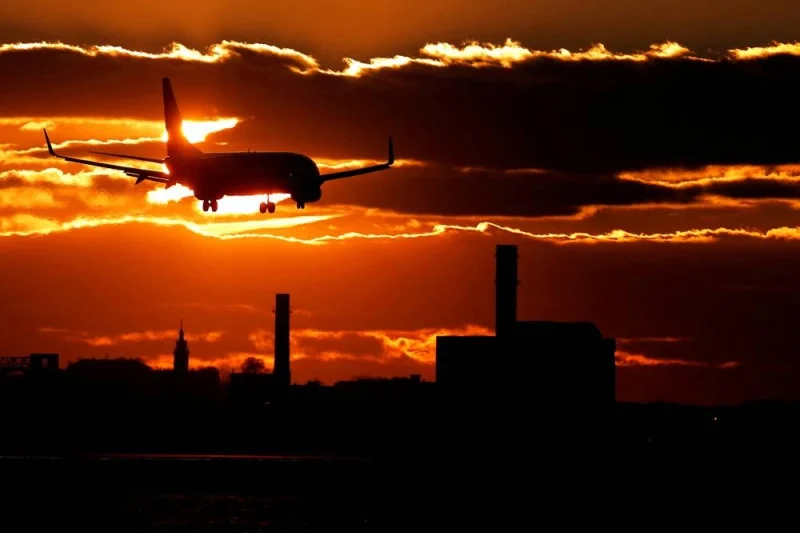Istanbul: Global aviation industry expects overall renewable fuel production to reach an estimated capacity of at least 69bn litres (55mn tonnes) by 2028.
Sustainable Aviation Fuels (SAF) will comprise a portion of this growing output, which is being achieved through new renewable fuel refineries and the expansion of existing facilities.
Importantly, the expected production has a wide geographic footprint covering North America, Europe and Asia Pacific.
IATA counts more than 130 relevant renewable fuel projects announced by more than 85 producers across 30 countries. Each of these projects has either announced the intent or commitment to produce SAF within their wider product slate of renewable fuels. Typically, there is a three to five year lag between a project announcement and its commercialisation date. This implies that further renewable fuel capacity out until 2030 could still be announced over the following years.
“The expected production increase is extremely encouraging. Seeing this, we need governments to act to ensure that SAF gets its fair production share. That means, in the first instance, production incentives, to support aviation’s energy transition. And we need continued approval for more diversification of methods and feedstocks available for SAF production.”
IATA’s Director General Willie Walsh said, “With these two measures successfully in place, we can be confident that the expected 2028 production levels will be realistically aligned with our recently published roadmaps to net zero carbon emissions by 2050. That is important as we are counting on SAF to provide about 62% of the carbon mitigation needed in 2050.”
Trends supporting this optimistic outlook are already visible. In 2022, SAF production tripled to some 300 million litres (240,000 tonnes) and project announcements for potential SAF producers are rapidly growing.
If renewable energy production reaches 69bn litres by 2028 as estimated, the trajectory to 100bn litres (80mn tonnes) by 2030 would be on track. If just 30% of that produced SAF, the industry could achieve 30bn litres (24mn tonnes) of SAF production by 2030.
“Achieving the necessary SAF percentage output from these new and expanding facilities is not a given. But with governments the world over agreeing at ICAO to a long-term aspirational goal (LTAG) of net zero by 2050, they now share accountability for aviation’s decarbonisation. That means establishing a policy framework to ensure that aviation gets the needed share of renewable energy production in SAF,” said Walsh.
The case for diversification, within current sustainability criteria, is clear. At present, it is expected that 85% of future SAF volume over the next five years will be derived from just one of nine certified pathways, being Hydrotreated Esters and Fatty Acids (HEFA), which is dependent on limited availability of feedstock such as waste fat, oil and grease feedstocks (FOGs, recognised by industry as second-generation feedstock).
A recent IATA survey revealed significant public support for SAF. Some 85% of travellers agreed that governments should provide incentives for airlines to use SAF.
“People have experienced governments’ role in the transition to green energy for electricity. They now expect it for SAF. The G7 leaders are among the latest to reiterate their understanding that SAF is critical for sustainable aviation. Now they must support their declarations with effective policies.
“To promote SAF production, there are many tried and tested tools including tax credits, grants, or even direct investments in emerging technologies and solutions. The market is there. Airlines want to purchase SAF. Anything to meaningfully incentivise SAF production will be a step forward,” Walsh added.

The most commonly used raw materials for creating sustainable aviation fuel (SAF) are on display at Neste's refinery in Singapore (file).

An American Airlines flight lands at Logan International Airport in Boston, Massachusetts, US (file).



